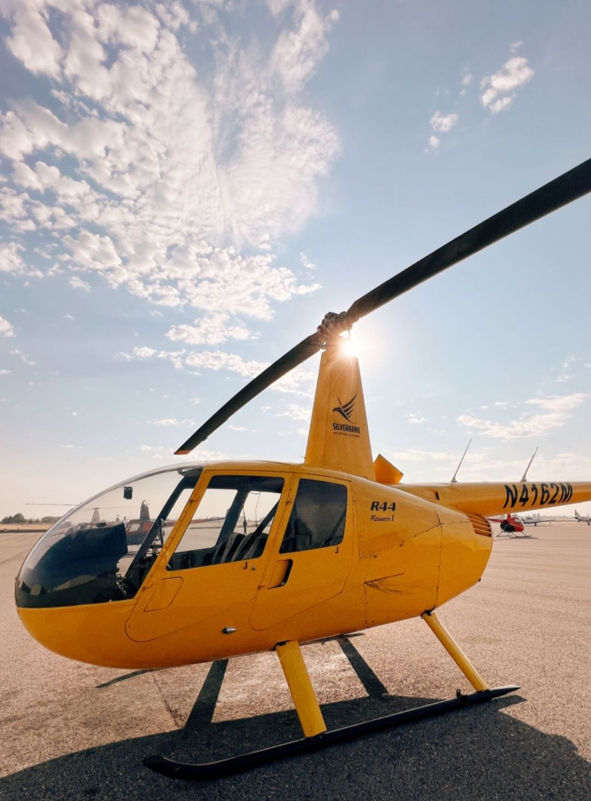The Value of Night Flying
- Alisha Sweeney
- Feb 8, 2024
- 1 min read
From our Helicopter Chief Flight Instructor Nick:
Enhanced visual perceptions in night flying not only address legal and safety concerns but also improve overall instrument skills. This stems from a blend of instrument references and limited external visual cues. It makes you better at both instrument flying and situational awareness by improving your recognition skills using shapes and light patterns, often subtle during the day.
Daylight is significantly shorter in northern territories (think Alaska) and in the winter months everywhere. Flying in the gulf, for example, with limited visibilities day and night will be enhanced by night training skills developed as a private and commercial student, as well as for instructors. Night flying in remote, unlit areas also requires these skill sets.
EMS operators increasingly seek candidates with substantial night flying experience, with some now requiring up to 150 hours. This signifies well-developed skills that employers value. The more night flying you accrue beyond the minimums required, the more developed your skills will be, and any employer will look favorably on that.
"Night flights illuminate the path where the day's light fades, revealing the beauty of recognition in shadows and the artistry of navigating through the canvas of darkness."
Cockpit Photo: CFI John Grommet








Comments